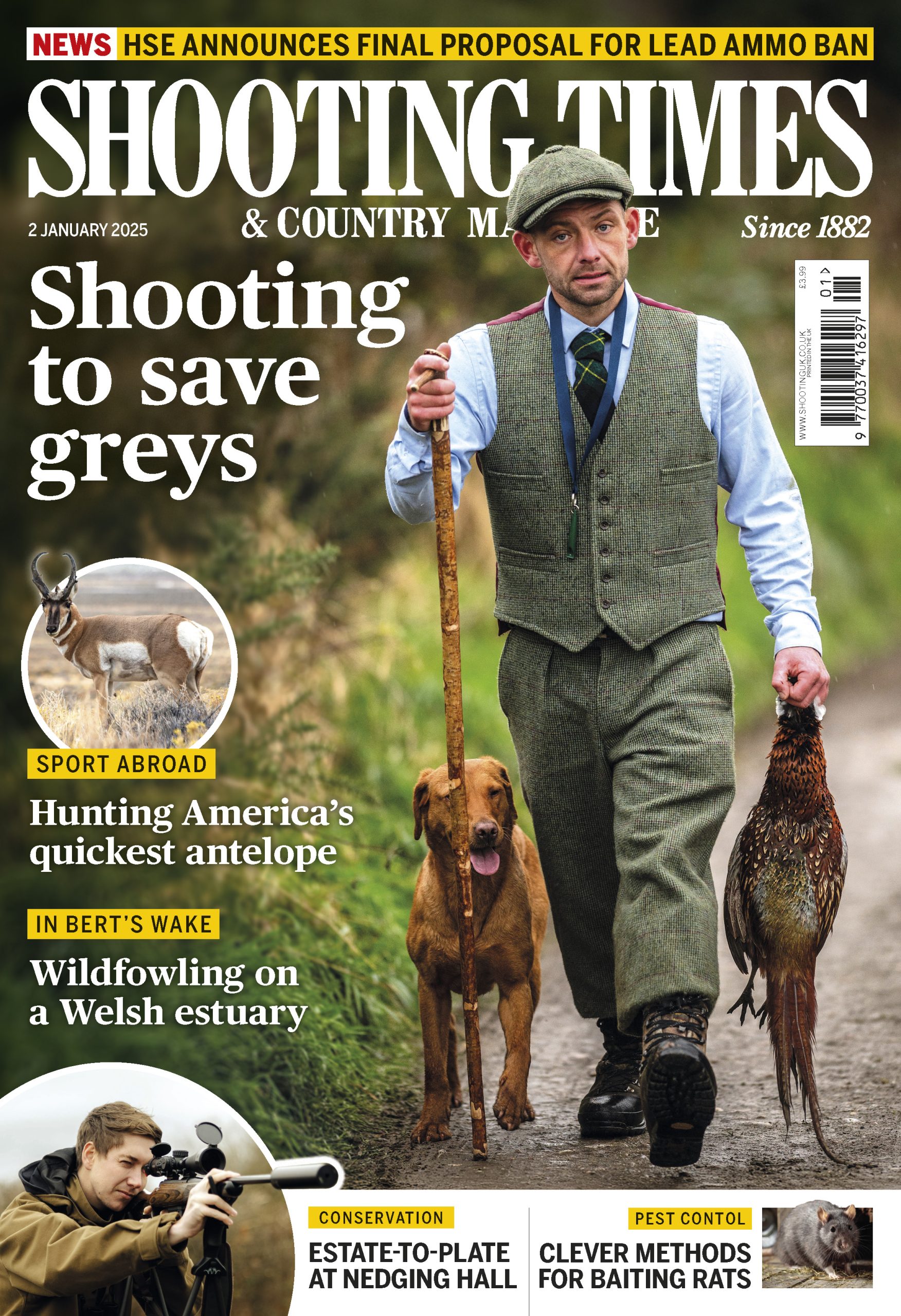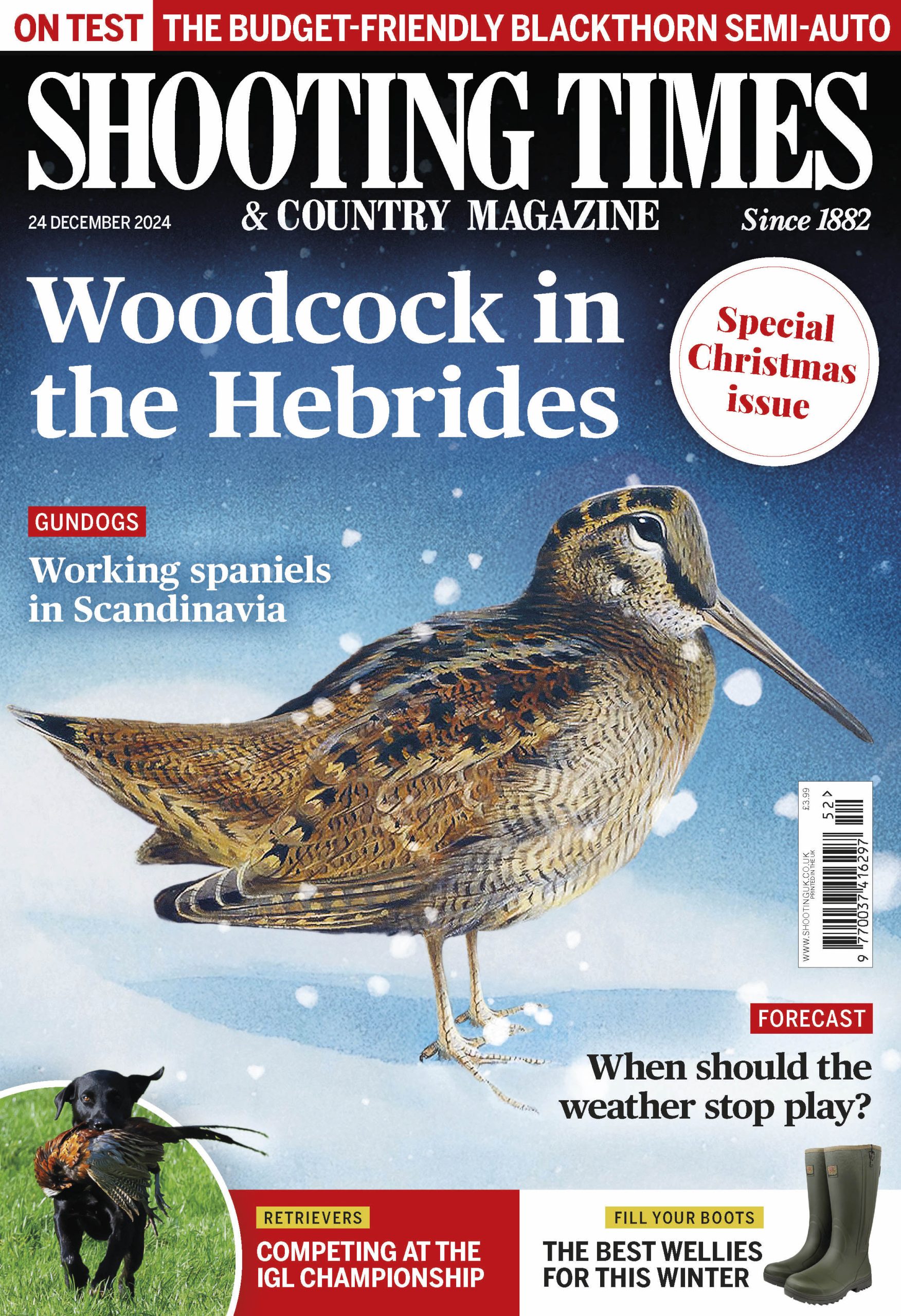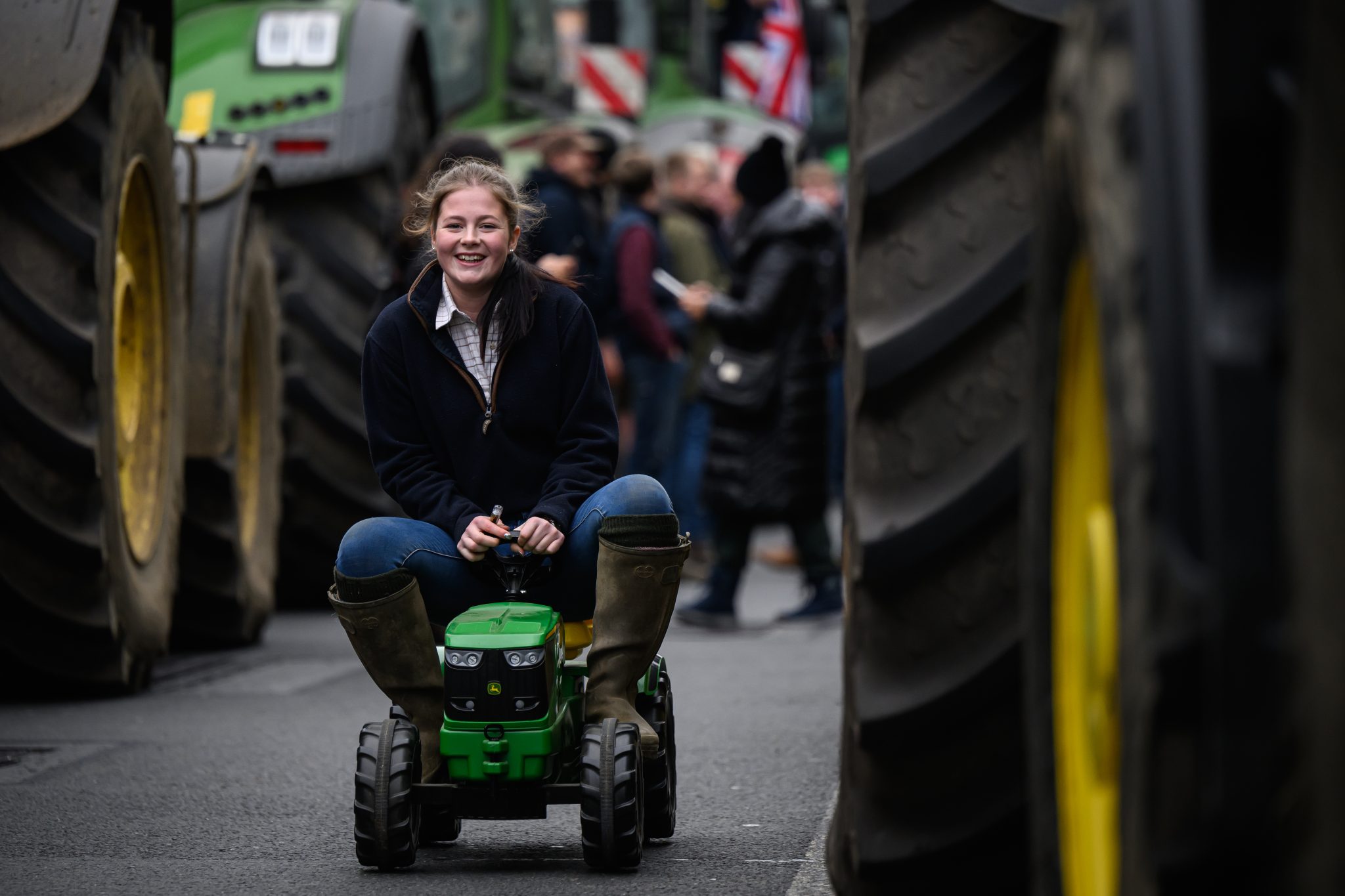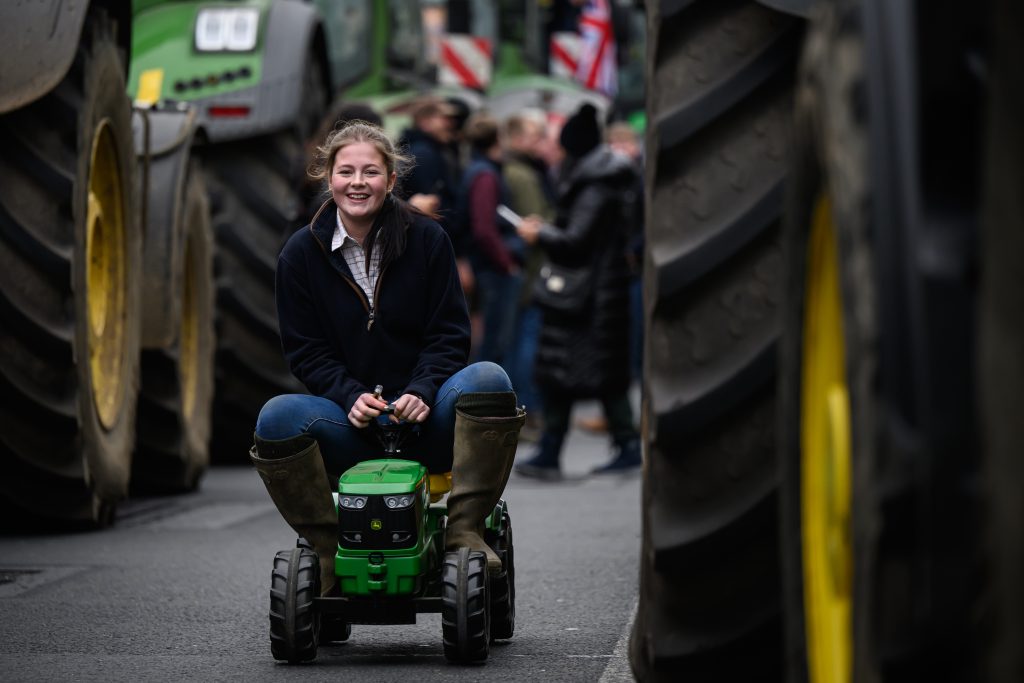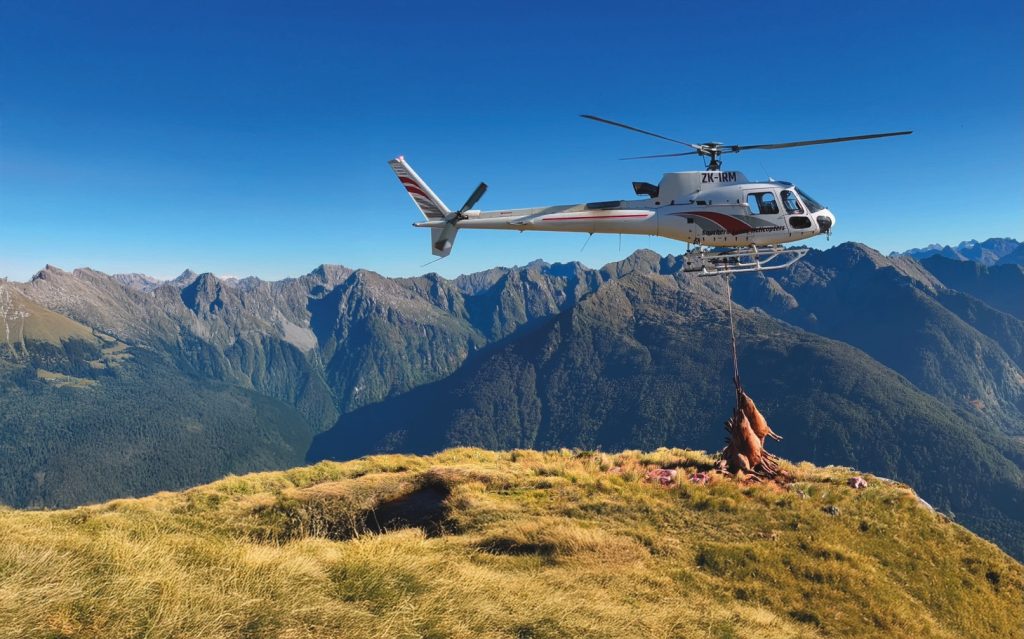Win CENS ProFlex DX5 earplugs worth £1,149 – enter here
Grey squirrels under fire on National Trust estate
The National Trust’s Holnicote Estate in West Somerset has launched an innovative approach to grey squirrel control
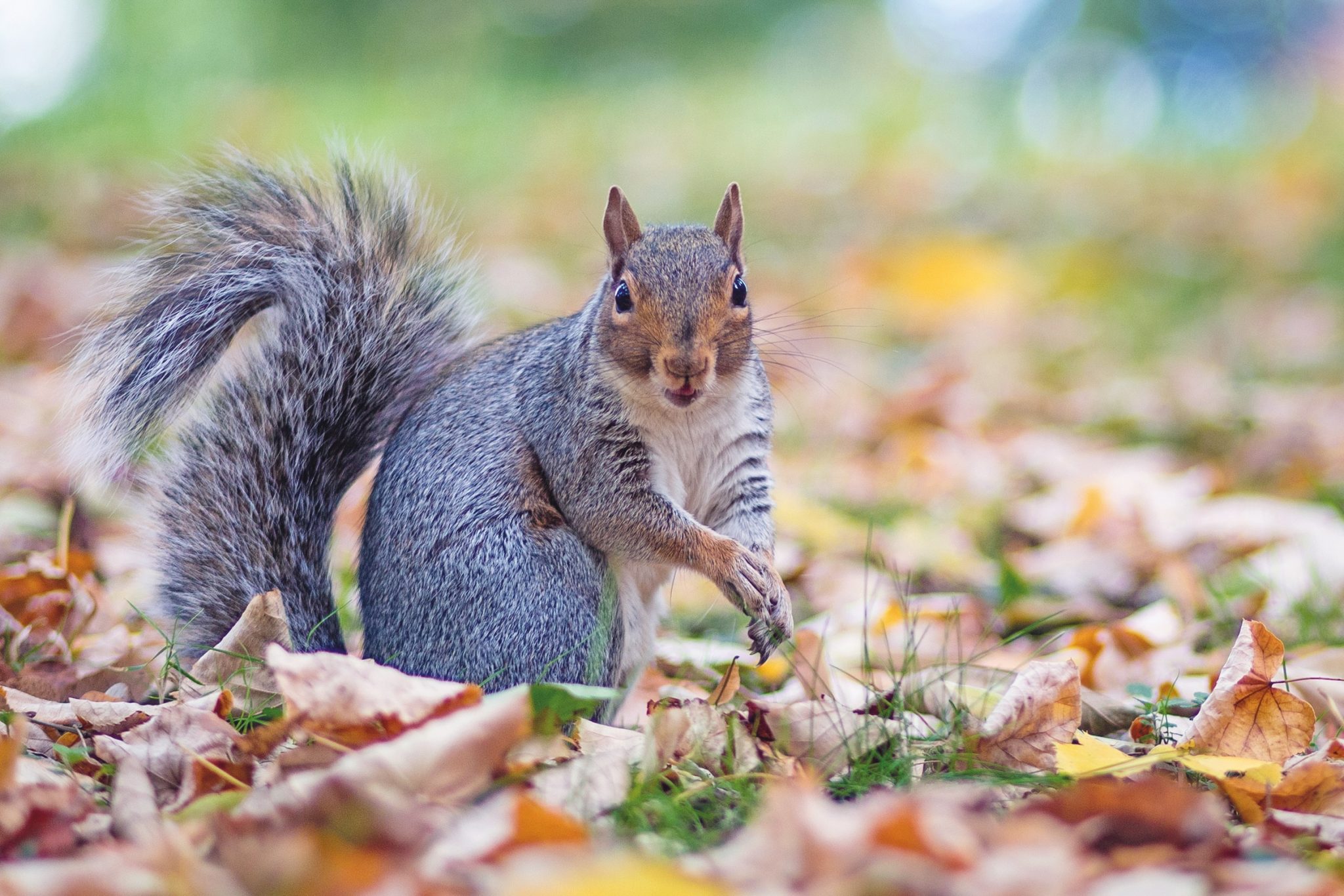
An innovative approach to squirrel control
The National Trust’s Holnicote Estate in West Somerset has launched an innovative approach to grey squirrel control, using trained volunteers with air rifles.
The 5,059-hectare estate, part of Exmoor National Park, has suffered heavy tree damage from grey squirrels. These invasive pests strip bark from young and mature trees, and in the worst-hit areas, remove up to 70% of bark. This weakens trees and makes them vulnerable to wind damage.
Lethal trapping was abandoned when pine martens were discovered on the estate, as traps posed a serious risk to these protected predators. Live trapping was also ruled out because the estate’s size made it impractical and resource-heavy.
Air rifles provide a practical solution
Instead, trained volunteers now work from fixed bait stations, using air rifles to humanely cull grey squirrels. Between October 2024 and June 2025, around 150 grey squirrels were removed from the most badly damaged areas.
The National Trust’s Simon Powne explained that safety is central to the programme. He said: “At this level, a 16.27 joules air rifle presents a low risk.” Operators are positioned away from public footpaths, with steep valley sides acting as natural backstops.
Holnicote is now working with neighbouring landowners to establish a syndicate of trained volunteers across Exmoor. This joint effort shows how air rifles can be used effectively for grey squirrel control, even in sensitive public landscapes.
Have a news story to share?
Contact our group news editor Hollis Butler at hollis.butler@twsgroup.com. We aim to respond to all genuine news tips and respect source confidentiality.
Related Articles
Get the latest news delivered direct to your door
Subscribe to Shooting Times & Country
Discover the ultimate companion for field sports enthusiasts with Shooting Times & Country Magazine, the UK’s leading weekly publication that has been at the forefront of shooting culture since 1882. Subscribers gain access to expert tips, comprehensive gear reviews, seasonal advice and a vibrant community of like-minded shooters.
Save on shop price when you subscribe with weekly issues featuring in-depth articles on gundog training, exclusive member offers and access to the digital back issue library. A Shooting Times & Country subscription is more than a magazine, don’t just read about the countryside; immerse yourself in its most authoritative and engaging publication.
